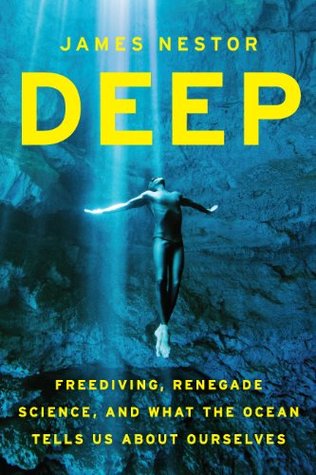For an animal to be processed as food, it must contain less than 2 parts per million of PCBs. Any animal that contains 50 ppm of PCBs must, by law, be considered toxic waste and be disposed of in an appropriate facility. Dr. Roger Payne, an ocean conservationist, analyzed sea life for PCBs and found that orcas had about 400 parts per million of PCBs—eight times the toxic limit. He found beluga whales with 3,200 ppm of PCBs, and bottle-nosed dolphins with 6,800 ppm.
Welcome back. Just a moment while we sign you in to your Goodreads account.


